Building inclusive learning environments for all with Universal Design for Learning (UDL)
Many learners face challenges throughout their educational journey. Universal Design for Learning (UDL) offers a solution to bridge this gap. We sat down with Michelle Traster and Chynel McCrink to explore the practical implications of UDL and the vital role of collaboration in creating inclusive classrooms.
 3 min read
3 min read
 Published: 17 Jun 2024
Published: 17 Jun 2024
 Jacob Goodwin
Jacob Goodwin
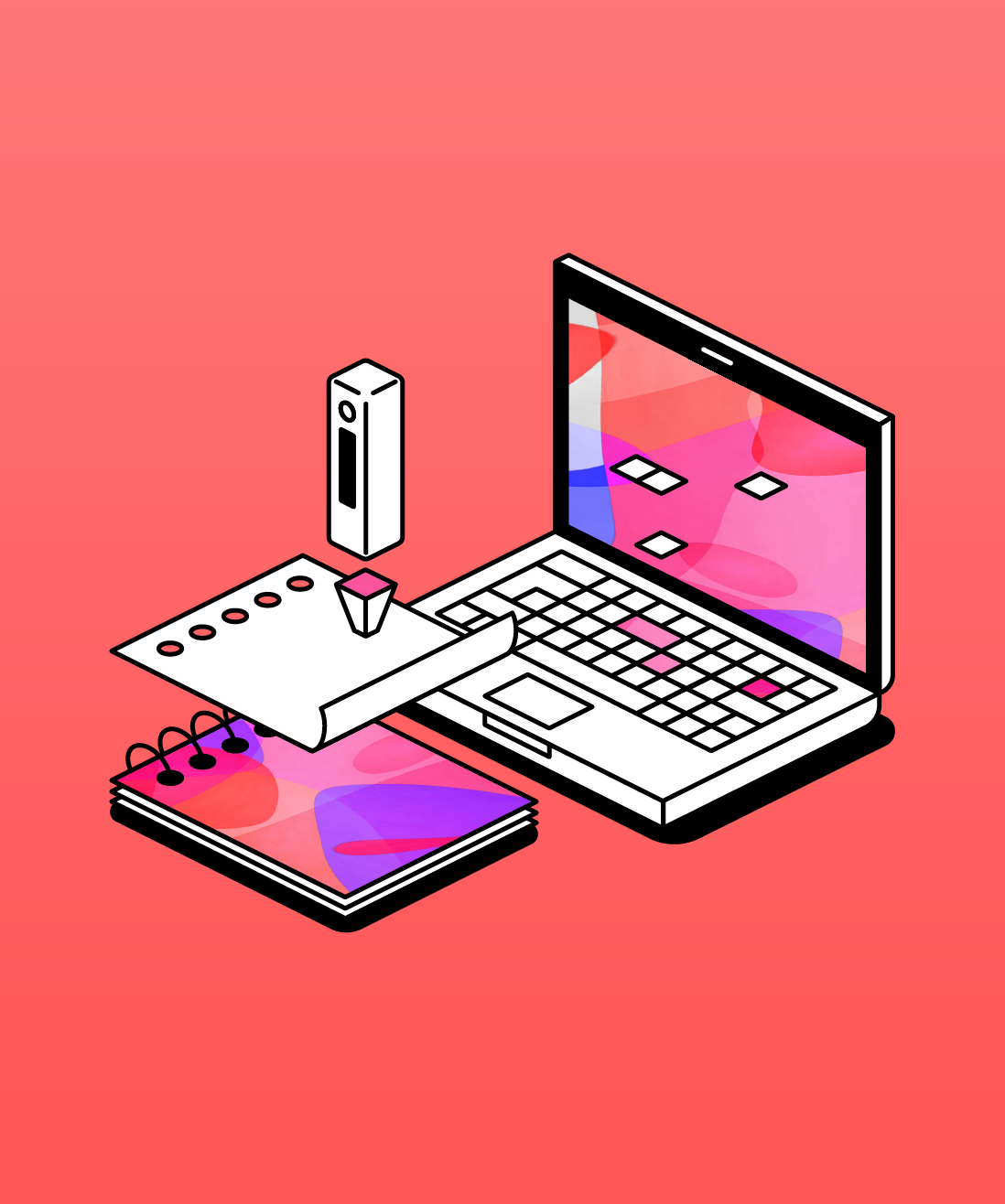
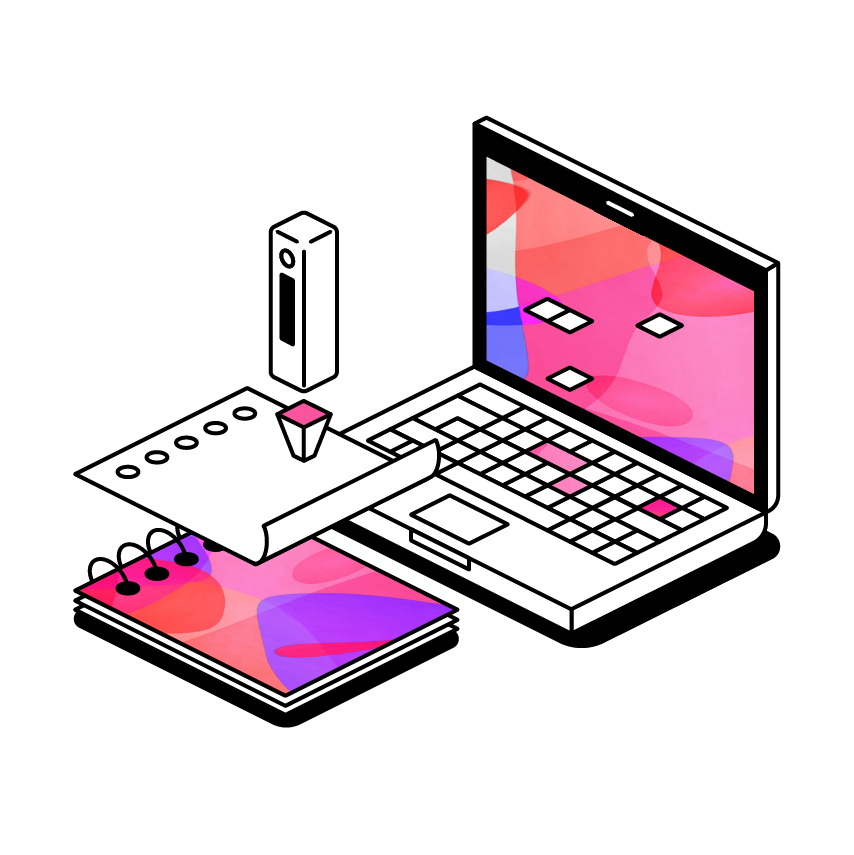
The concept of Universal Design for Learning (UDL) is rapidly gaining momentum across the education landscape as a powerful framework for creating truly inclusive and equitable learning environments.
With more students than ever before seeking out accommodations, Universal Design for Learning (UDL) is more than just an accommodation strategy; it's a proactive approach to designing learning experiences that cater to the diverse needs and abilities of all students.
In our latest webinar, we were joined by Michelle Traster, Adaptive Technology Specialist at Missouri Western State University and Chynel McCrink, Teacher and ICT Coordinator, St. Peter's Primary School and Nursery.
Collectively, we delved into the practical implications of UDL, explored its integration with assistive technologies and discussed the vital role of collaboration in creating inclusive classrooms.
The session highlighted the transformative potential of UDL and how, by embracing UDL principles, educators can create learning environments that foster engagement, equity, and a sense of belonging for everyone.
UDL principles: empowering engaging and effective learning
Chynel, who recently embarked on her own higher education UDL journey, emphasized three core principles of the framework:
Multiple means of representation: presenting content and information in diverse formats to accommodate the varying ways students perceive and comprehend information.
Multiple means of action and expression: providing students with flexible options to demonstrate their knowledge and engage with course material. This could include traditional assessments, creative projects, presentations, or allowing students to choose their preferred method of demonstrating understanding.
Multiple means of engagement: recognising that students are motivated and engaged by different factors. This principle aims to tap into students' interests, passions, and self-regulation strategies to cultivate a sense of ownership over their learning, fostering genuine enthusiasm for the subject matter.
For Chynel, UDL is an indispensable tool for fostering inclusivity. By designing learning experiences with accessibility in mind from the outset, educators can ensure that all students can actively participate and thrive.
Assistive Technologies: enhancing UDL in action
Drawing upon her extensive experience in higher education, Michelle underscored the crucial role of assistive technologies in supporting a diverse range of learners.
She discussed the importance of proactively incorporating accessibility features, such as captioned videos and screen-reader compatible text materials.
Michelle emphasized that these technologies benefit not only students with disabilities but those with auditory processing difficulties, ESL students, and anyone seeking to enhance their learning experience.
UDL in remote learning: navigating opportunities and challenges
The panel went on to acknowledge the impact of the pandemic on the rapid adoption of remote learning and its subsequent effect on expanding accessibility options.
While acknowledging the preference of some students for in-person interaction, Michelle noted the inherent accessibility advantages of electronic formats in remote learning.
Chynel further highlighted the potential for personalized learning in virtual settings, though she also acknowledged the challenges posed by unequal access to technology.
The panelists agreed that meticulous planning and preparation are essential for successful remote learning, particularly for students facing specific learning challenges or needs.
Collaboration: building inclusive classrooms together
On the topic of collaboration, Michelle and Chynel shared valuable insights into how disability offices and faculty can come together to build genuinely inclusive learning environments.
Michelle described the benefits of ADA committees, where diverse stakeholders, including faculty, disability services staff and student representatives, can collaborate to address student needs comprehensively.
This collaborative approach ensures that accessibility concerns are considered from various perspectives, leading to more effective and inclusive solutions.
Likewise Chynel introduced the concept of a "tell us once" approach. This centralized system streamlines the sharing of student information across schools and support services, making the provision of consistent and tailored support more efficient.
Additionally, she highlighted the importance of providing assistive technology and digital training to both students and families, empowering them to become active participants in their learning journey.
The discussion underscored the critical importance of ongoing communication and collaboration among disability services, faculty, families, and students themselves. By working together, these stakeholders can create learning environments that truly value and support all learners.
Key takeaways and the future of UDL
Clearly, there is a major need for continuous development to effectively implement UDL principles in teaching practices.
This training should encompass UDL foundations, lesson planning, diverse instructional strategies, and the effective use of assistive technologies. Data-driven decision-making and family engagement were also emphasized as crucial components of successful UDL implementation.
Looking towards the future, the panelists expressed enthusiasm about the potential of emerging technologies like AI-powered learning platforms and the immersive experiences offered by virtual and augmented reality.
They envision a future where UDL becomes even more personalized, engaging, and inclusive, empowering all learners to reach their full potential.
The conversation concluded with a discussion on the importance of faculty understanding that adaptive technology is not a shortcut or a means of "dumbing down" the learning experience.
Rather, it is a powerful tool that can empower students with diverse needs, enhance their engagement, and ultimately lead to greater academic success.
More from Supporting Students
View All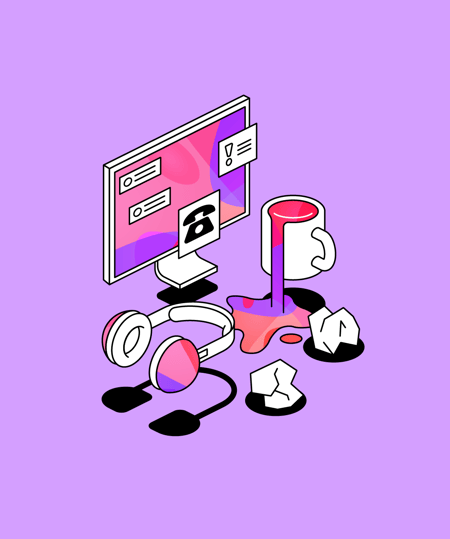
 3 min read
3 min read
Understanding and supporting time poor students in higher education
Here, we take a deeper dive into who the time poor learners are, and their unique challenges. Explore strategies to support students juggling multiple roles and responsibilities, to create a more inclusive and flexible learning environment.
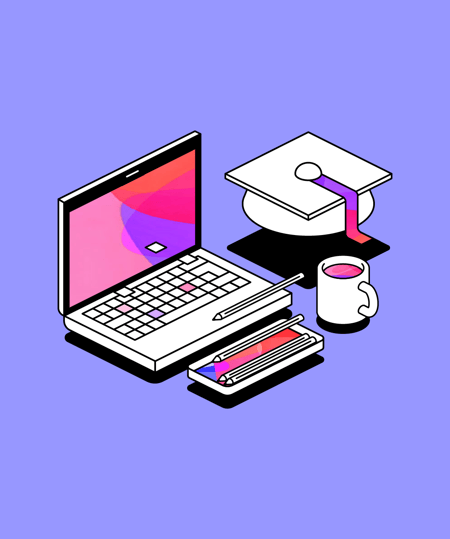
 3 min read
3 min read
Navigating the AI landscape in education: Helping or hindering student success
AI has transformed what it means to teach and to learn. It is crucial now for higher education leaders to determine how they deploy AI to help, rather than hinder, student success.
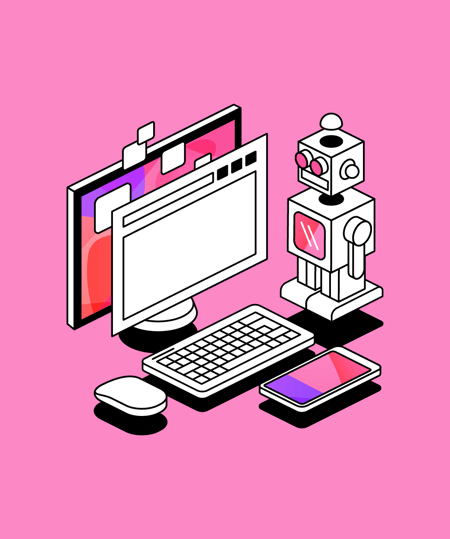
 2 min read
2 min read
Practical strategies to support neurodivergent students
Ellie, a late diagnosis neurodivergent student, draws from her personal experiences to offer guidance and practical strategies for disability professionals, to help create a more inclusive campus and classroom.





